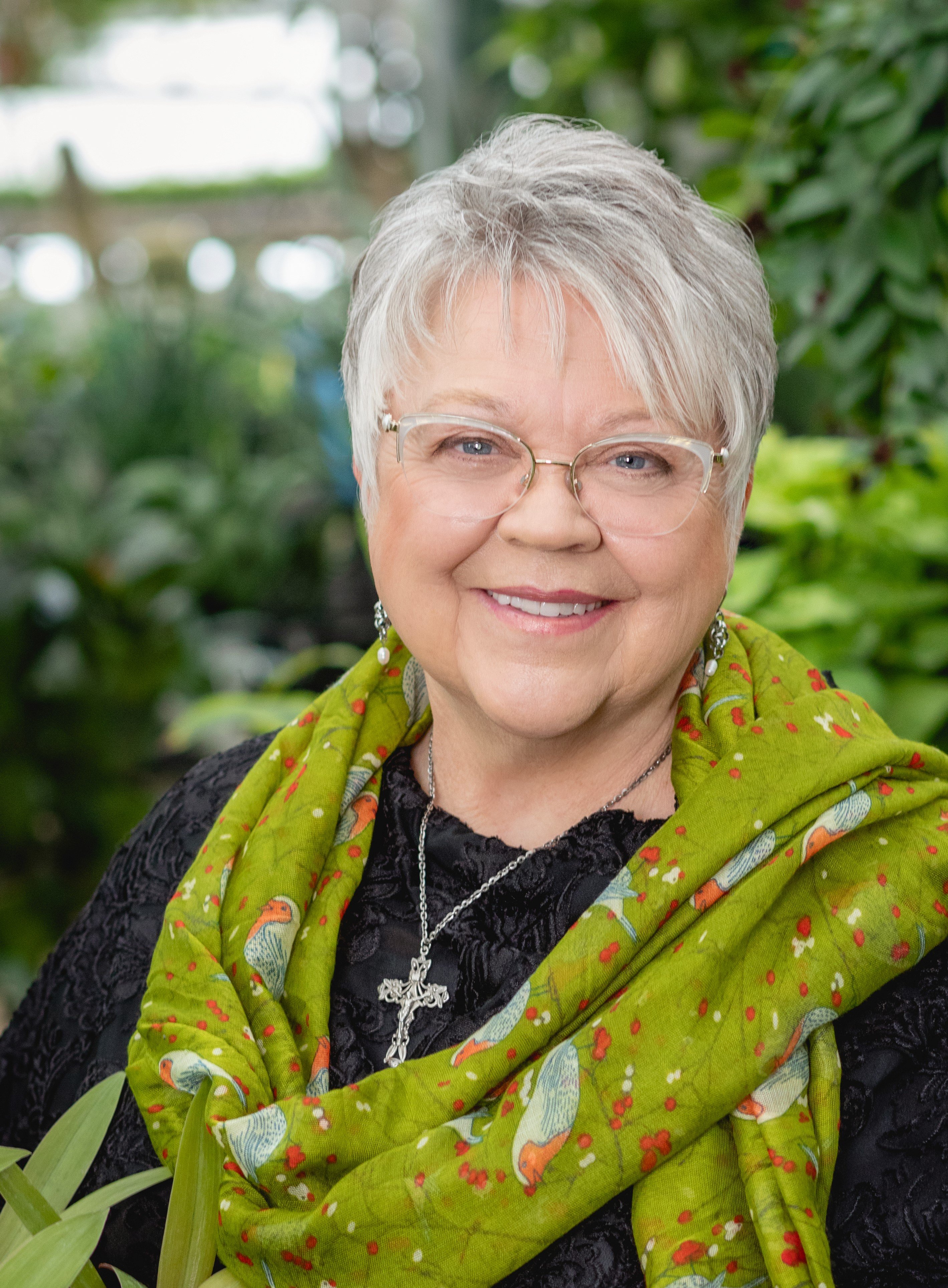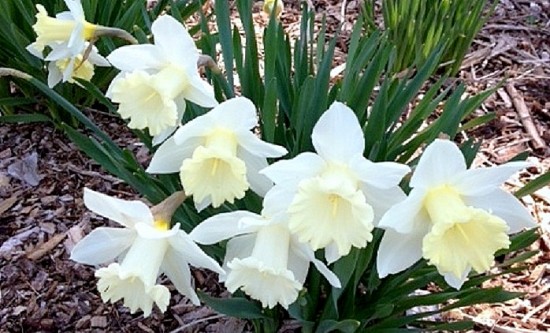Well, autumn is upon us and it’s nearly time for planting spring bulbs.
Let’s start this column with definitions that will help you get a handle on nomenclature: true bulbs contain their leaves and flowering parts inside. These include tulips, daffodils, and hyacinths. Corms carry their leaf parts on the outside to support interior bud development and include crocuses and gladiolas. Rhizomes like Canna lilies and iris form leaves and buds from a growing end or tip. Tubers, like potatoes, have “eyes” that develop roots, leaves, and flowers and include dahlias, anemones and ranunculus.
For the purpose of brevity, I will group all of these together and call them bulbs. From last week’s column, you learned about tender bulbs that are not winter hardy in our Zone 5. This second column on bulbs (with a third one next week) discusses hardy bulbs that spread.
There is a difference between naturalizing bulbs and perennializing bulbs—especially when talking about tulips. A naturalizing bulb will return year after year and multiplies, spreading out into the garden. A perennializing bulb grows and blooms for a few years with the bulb possibly increasing in size but not spreading.
Most hybrid tulips are perennializers—note that, perennializers. They look amazing for maybe two of years and then you are left with only leaves.
Species or botanical tulips, including Tulipa bakeri (aka saxatillis), T. batalinii, T. clusiana, T. fosteriana, T. greigii, T. humilis (adorabvle!), T. kaufmanniana are excellent candidates for naturalizing as are Darwin Hybrids. Some cultivars have mottled or variegated leaves, others have bi-colored blooms, and range in height from a demure 12” greigii to the sturdy 24” Darwins. I’m partial to the spreading T. greigii because of their adorable leaves and their ability to hold their petals longer on wide flowering faces.
Nearly all cultivars of Narcissus are naturalizers. Dwarf and species daffodils are excellent for rock garden because they are often more petite; Tete-a-Tete looks like its larger yellow cousins, and Minnow, my favorite of the dwarfs, is a dainty multi-blossom white with a yellow corolla.
Another good bulb for use in rock gardens is the species crocus. It and the Dutch crocus will both naturalize easily. Other smaller bulbs that will spread, and sometimes quickly, are: Glory-of-the-snow, Chinodoxa; Snowdrops, Galanthus; Summer Snowflake, Leaucojum; Grape Hyacinth, Muscari, and Wood Hyacinth, Scillia; and the precious Star-of-Bethlehem, Ornithogalum.
I love the looks of a grassy area dappled in these smaller spring bulbs. My grandmother’s front lawn was planted this way. If you have a lawn that you do not treat with weed-and-feed, try growing these harbingers of spring. Mow your lawn really short late in the autumn, and then plant groups of bulbs according to directions. After they have flowered in the spring, wait as long as possible to mow again, or do as grandpa use to—mow around the small clumps for a while so the leaves have a chance to nourish the bulbs.
Van Bloem Gardens, a Dutch supplier, recommends that naturalized plantings should blend in with the existing landscape and mimic nature. To achieve this, lay out your planting areas so they follow the contours of your land and be generous with the size of the areas to be planted. The impact of your planting will be much greater if you have several large areas of naturalized bulbs than if you have lots of small areas. Naturalized plantings look best when they are planted densely in the center then feather out to fewer bulbs at the edges of the planting. And finally, swaths of one solid color generally have greater visual appeal than drifts of mixed colors.
Copyright 2015 Margaret Rose Realy, Obl. OSB.
Image of white daffodils by Margaret Rose Realy, Obl OSB. All rights reserved.
About the Author

Margaret Rose Realy, Obl. OSB
Margaret Rose Realy, Obl. OSB lives an eremitic life and authored A Garden Catechism, A Catholic Gardener’s Spiritual Almanac, A Garden of Visible Prayer: Creating a Personal Sacred Space One Step at a Time, and Cultivating God’s Garden through Lent. An award-winning author, Margaret has a master’s degree in communications, is a Certified Greenhouse Grower, Master Gardener, liturgical garden consultant, and workshop/retreat leader.



.png?width=1806&height=731&name=CatholicMom_hcfm_logo1_pos_871c_2728c%20(002).png)
Comments